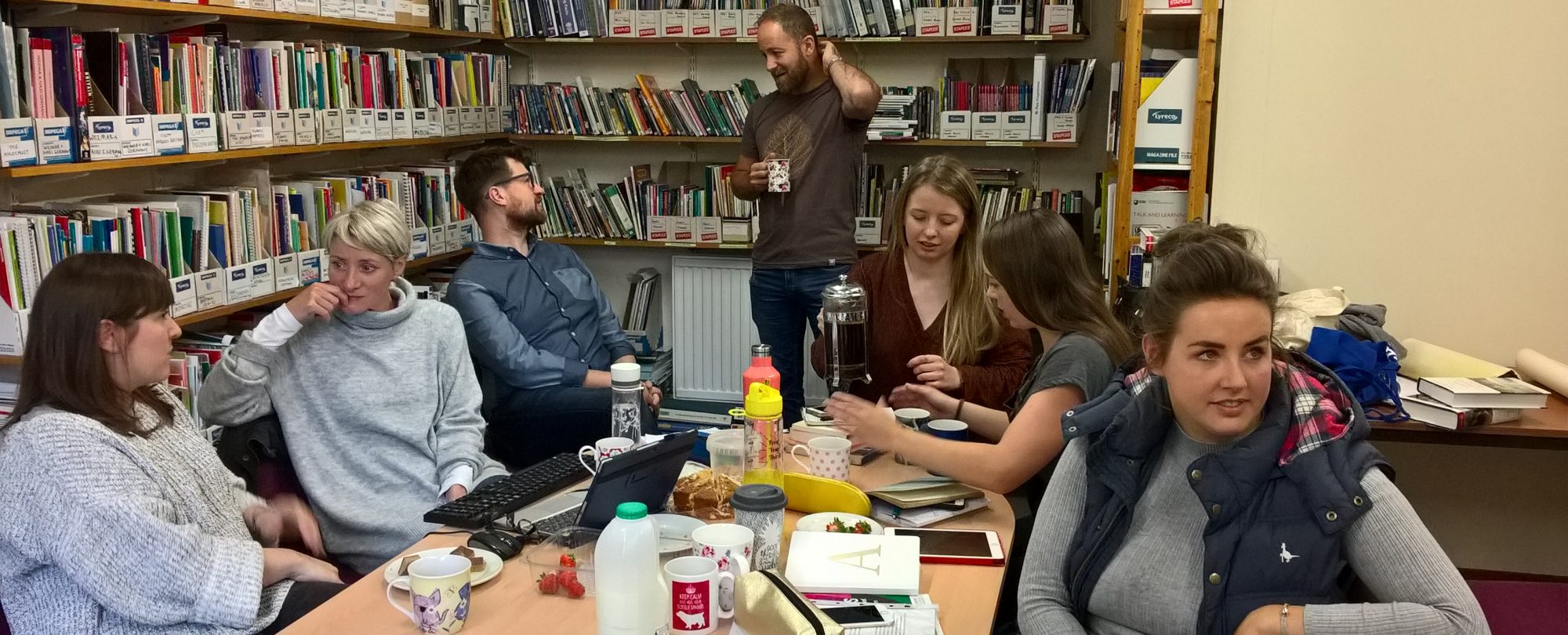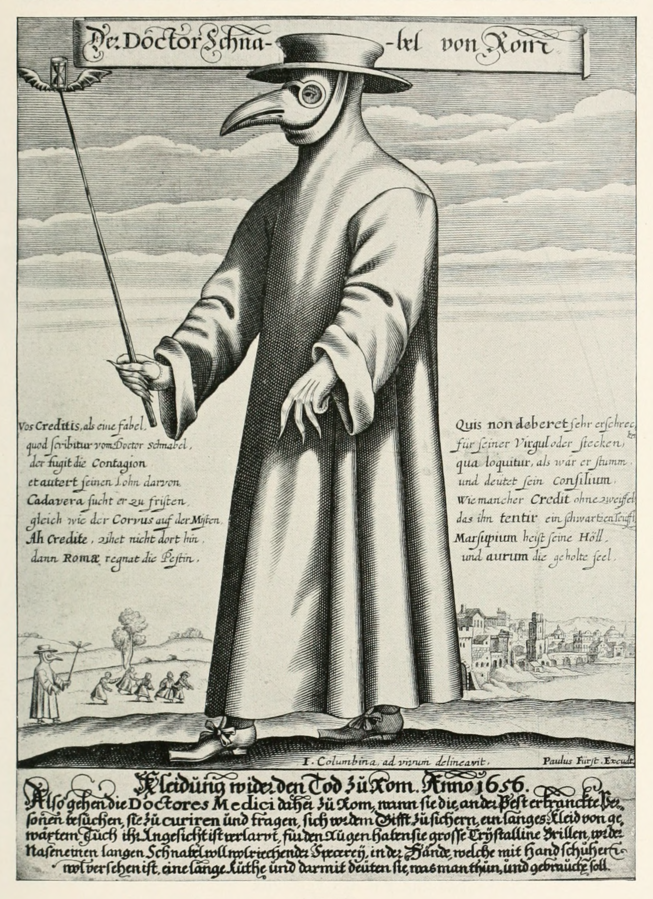As Holocaust Memorial Day is approaching we are sharing these resources we have created related to Jewish and Roma/Sinti history. Actually, they are resources you can embed into your curriculum and teach at any time.
York’s Medieval Jewish community
Working with historians at the University of York, we have created this resource Padlet. It shares recent scholarship that has revealed new knowledge about York’s 13th century Jewish community – after the terrrible massacre of 1190. It suggests how you could work with this material in class. It also provides images, maps and other useful links. This is medieval English history as much as Jewish history and the new material shows how integrated the York’s Jewish citizens were at the time.
Life before the Romani Genocide
It is established good practice to teach about life before the Holocaust, so that European Jewish people are not presented just as victims. This PowerPoint has been created so that the same can apply when teaching about the Romani Genocide. In a short amount of lesson time, pupils can learn something of the vibrancy of Romani people before the genocide and the many ways that they were part of European life in the early 20th century.











